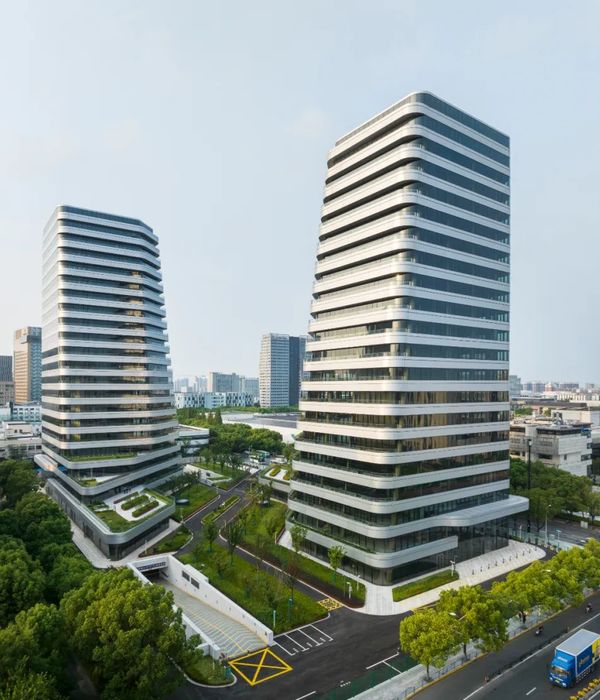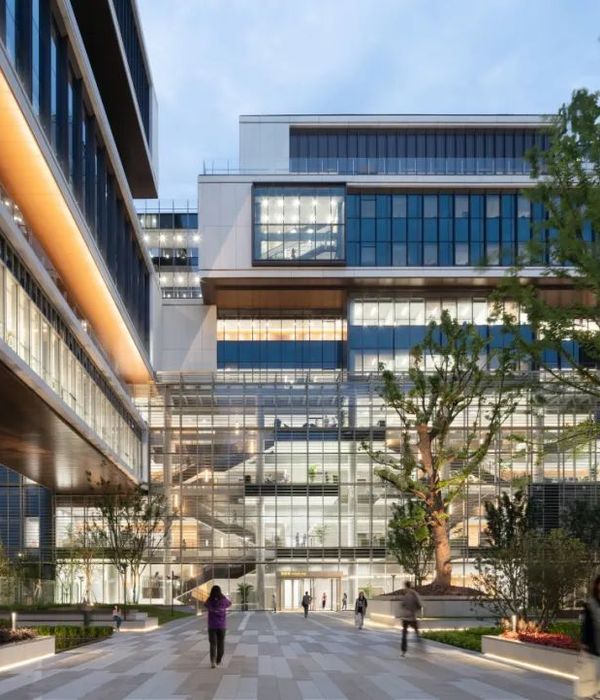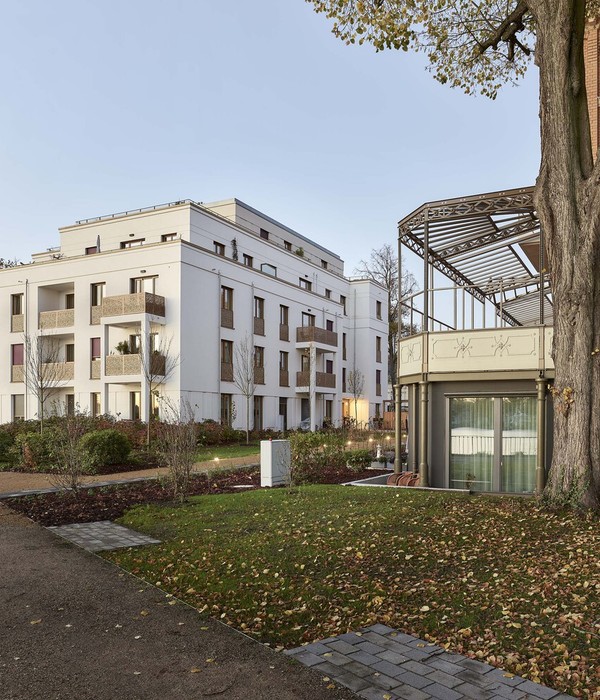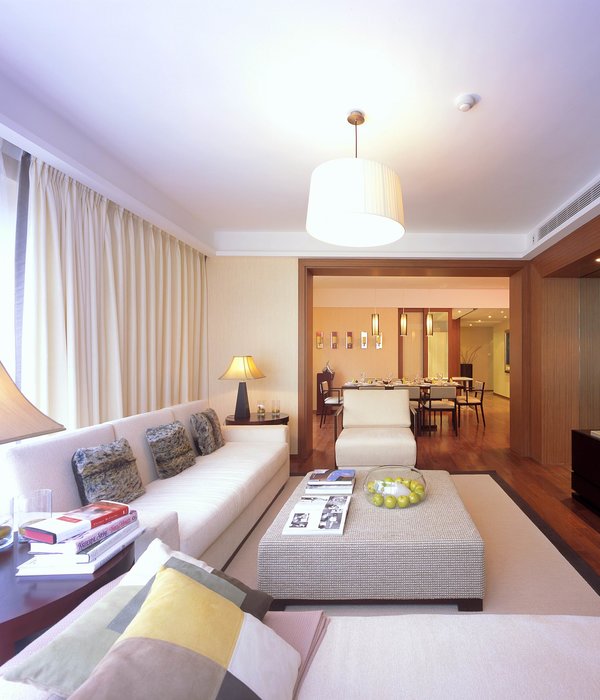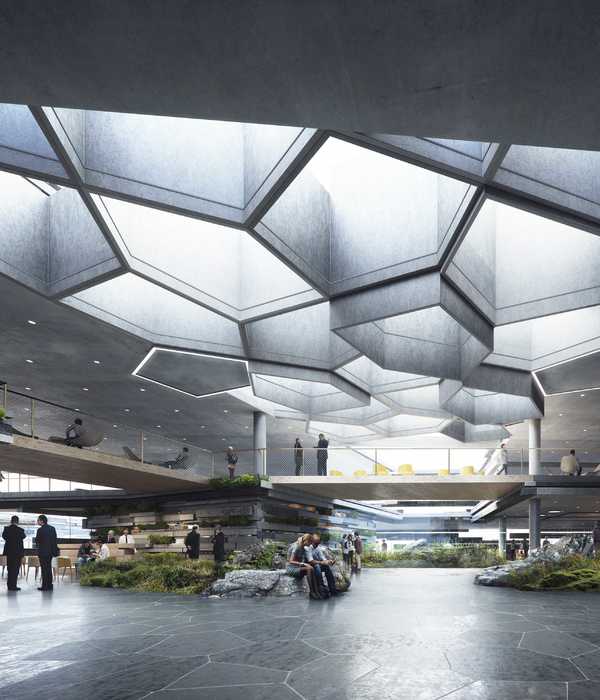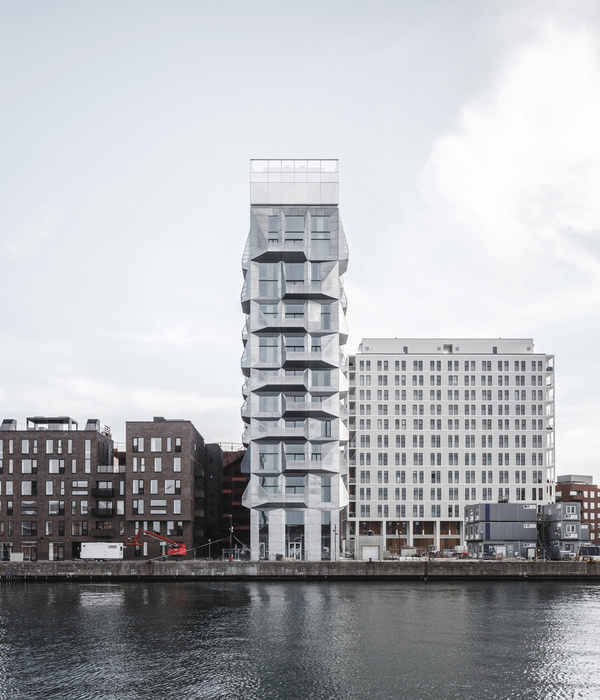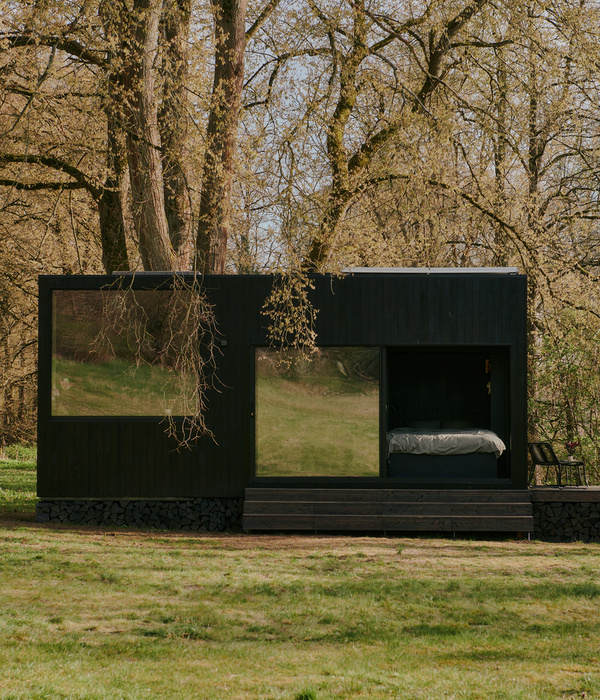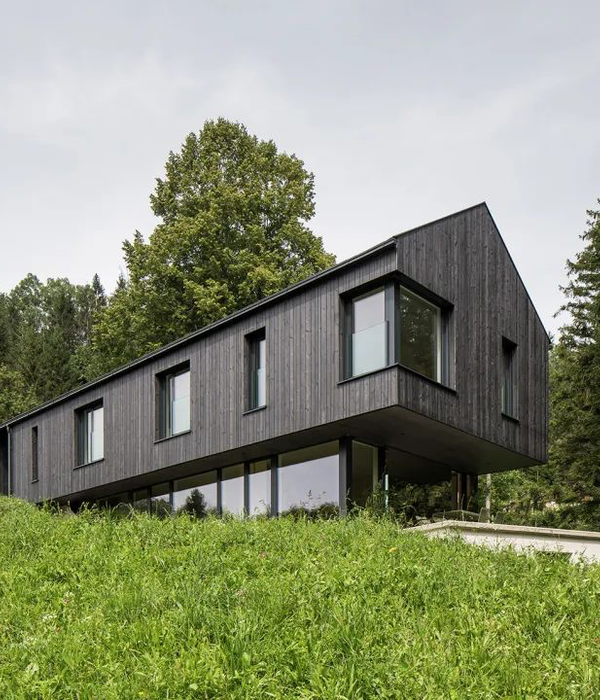LilliHaus is the largest house in the SysHaus plug&play family. The plug&play family consists of lilliHaus with 38.4 sq. m, miniHaus with 19.2 sq. m and nanoHaus with 9.6 sq. m. The plug&play concept aims to produce houses within industry 4.0, on computer-controlled automatic machines guaranteeing the conditions necessary to produce with quality, traceability, and waste tending to zero.
All of them are sent to the place completely ready and finished, and can even be delivered with all the furniture and equipment and are assembled in a maximum of two days. The lilliHaus has dimensions of 3.20 meters wide by 12 meters long, maximum width so that transportation in Brazil can be done in trucks without the use of escort.
SysHaus plug&play houses have several program options and floor plan configurations, which can be used individually or combined to form a larger unit. They are designed to be placed on land as well as in water. When in water, like the one we presented, we add the prefix “water” to the name, becoming waterlilliHaus. It has the same characteristics as the lilliHaus, but it is mounted on a floating catamaran, which can be moored to a buoy or sailed at speeds of up to 4 knots.
Both lilliHaus and waterlilliHaus can be on-grid or off-grid. When off-grid, as in the case of this one, solar panels generate energy that is accumulated in a battery system and used when necessary at 12 or 110 volts. All blackwater and greywater pass through an aerobic and biological treatment station through a three-phase biodigester system to finally return to the environment in conditions of physical, chemical, and bacteriological purity.
For drinking water supply, the water over which the house is placed can be treated. When you are in a place without any natural water resources, you can obtain water through a water catalyst extracted from the air itself. An evaluation of the conditions of the place where the house will be implanted is important to define the best option.
LilliHaus also has openings in the floor and in the ceiling, creating a natural ventilation system and taking advantage of the thermosyphon effect, making the hot air come out through the top of the roof and the fresh air that comes underneath the house is in a continuous flow, providing a great thermal sensation. All of them can be controlled and monitored remotely, providing a lot of security and they can also be programmed to learn from the user´s daily routines, automating the processes of lighting, sound, curtains, appliances, etc., in addition to being able to monitor all household consumption.
{{item.text_origin}}

